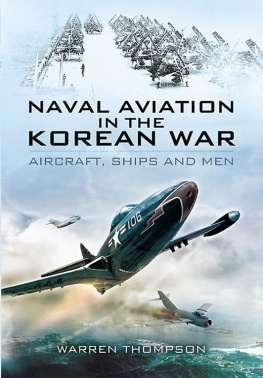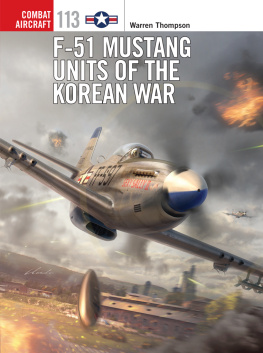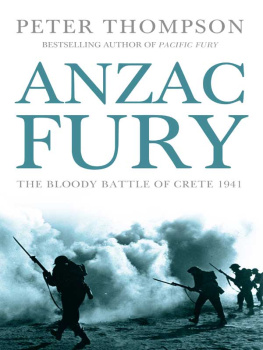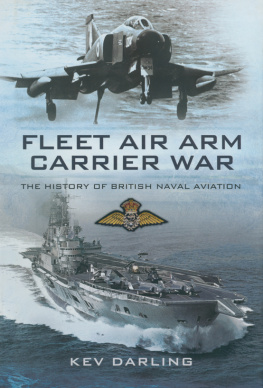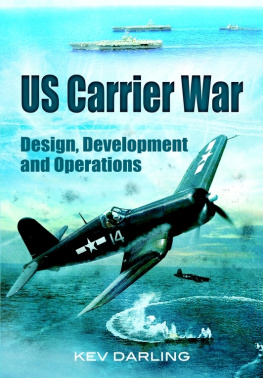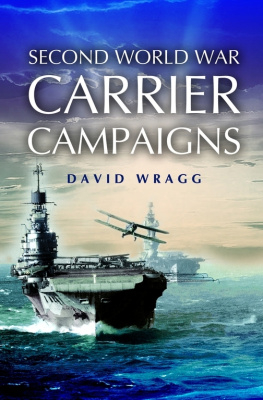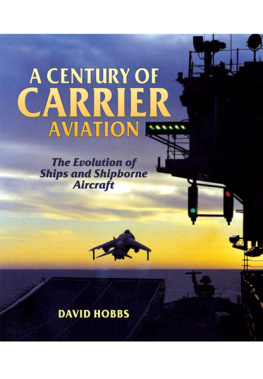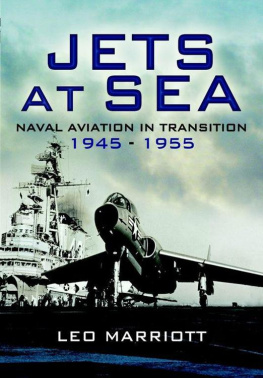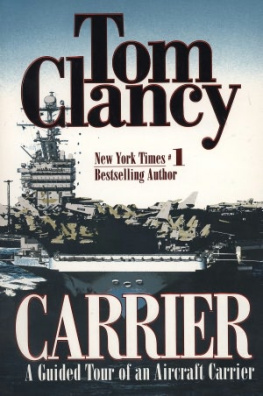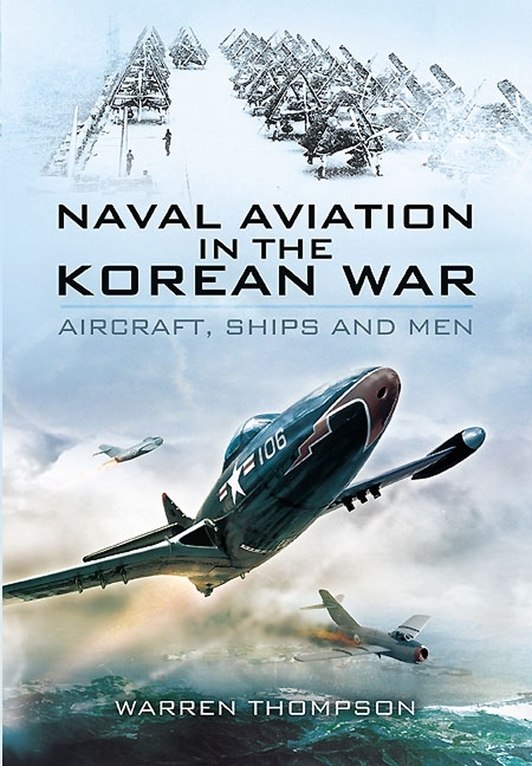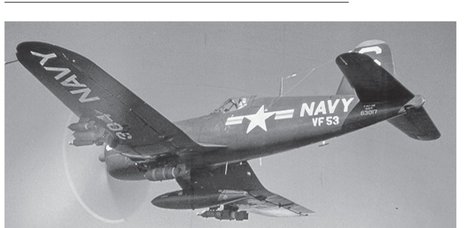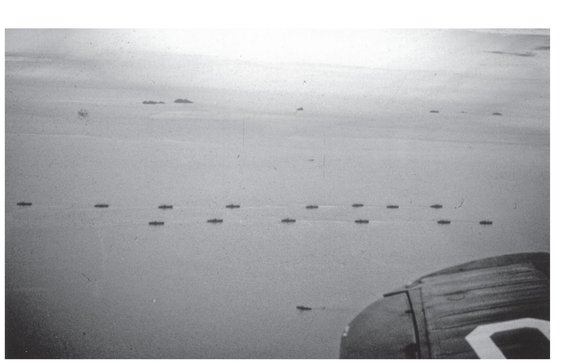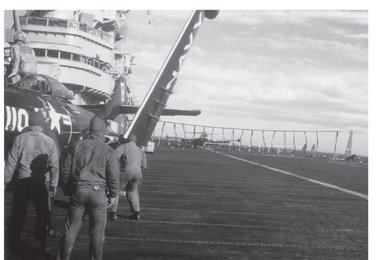Thompson - Naval Aviation in the Korean War: Aircraft, Ships, and Men
Here you can read online Thompson - Naval Aviation in the Korean War: Aircraft, Ships, and Men full text of the book (entire story) in english for free. Download pdf and epub, get meaning, cover and reviews about this ebook. City: Barnsley, United States, year: 2012, publisher: Pen & Sword Aviation, genre: Non-fiction. Description of the work, (preface) as well as reviews are available. Best literature library LitArk.com created for fans of good reading and offers a wide selection of genres:
Romance novel
Science fiction
Adventure
Detective
Science
History
Home and family
Prose
Art
Politics
Computer
Non-fiction
Religion
Business
Children
Humor
Choose a favorite category and find really read worthwhile books. Enjoy immersion in the world of imagination, feel the emotions of the characters or learn something new for yourself, make an fascinating discovery.
- Book:Naval Aviation in the Korean War: Aircraft, Ships, and Men
- Author:
- Publisher:Pen & Sword Aviation
- Genre:
- Year:2012
- City:Barnsley, United States
- Rating:5 / 5
- Favourites:Add to favourites
- Your mark:
Naval Aviation in the Korean War: Aircraft, Ships, and Men: summary, description and annotation
We offer to read an annotation, description, summary or preface (depends on what the author of the book "Naval Aviation in the Korean War: Aircraft, Ships, and Men" wrote himself). If you haven't found the necessary information about the book — write in the comments, we will try to find it.
The book goes on to describe the stabilization of the front lines after the Chinese had entered the war during 1951. At this time, the emphasis for naval air operations was centered on interdiction behind the lines. The focus was on trying to stop road and rail traffic from resupplying the communist troops and allowing them to build up to a major offensive. It also includes the entry of the F2H Banshee into carrier operations which gave the USA four major types of aircraft with which to wage the war.
During 1952 most carrier air groups spend their time off the coast of North Korea while hitting targets up along the Yalu River, putting them well within the range of the MiG-15s. Navy F9F Panthers were used as top cover while the Corsairs and Skyraiders went after major targets such as the dam complexes up river and marshaling yards north of Pyongyang. During 1953, naval air operations were stepped up in an effort to get the communists back to the truce talks. The number of MiG-15s had grown to a figure many times that of the UN for overhead protection. The deep missions were more dangerous than ever and the Chinese brought in state of the art antiaircraft automatic weapons. The number of sorties flown by the US Naval aircraft increased over the previous years record numbers. The war ended on July 27, 1953
Thompson: author's other books
Who wrote Naval Aviation in the Korean War: Aircraft, Ships, and Men? Find out the surname, the name of the author of the book and a list of all author's works by series.

